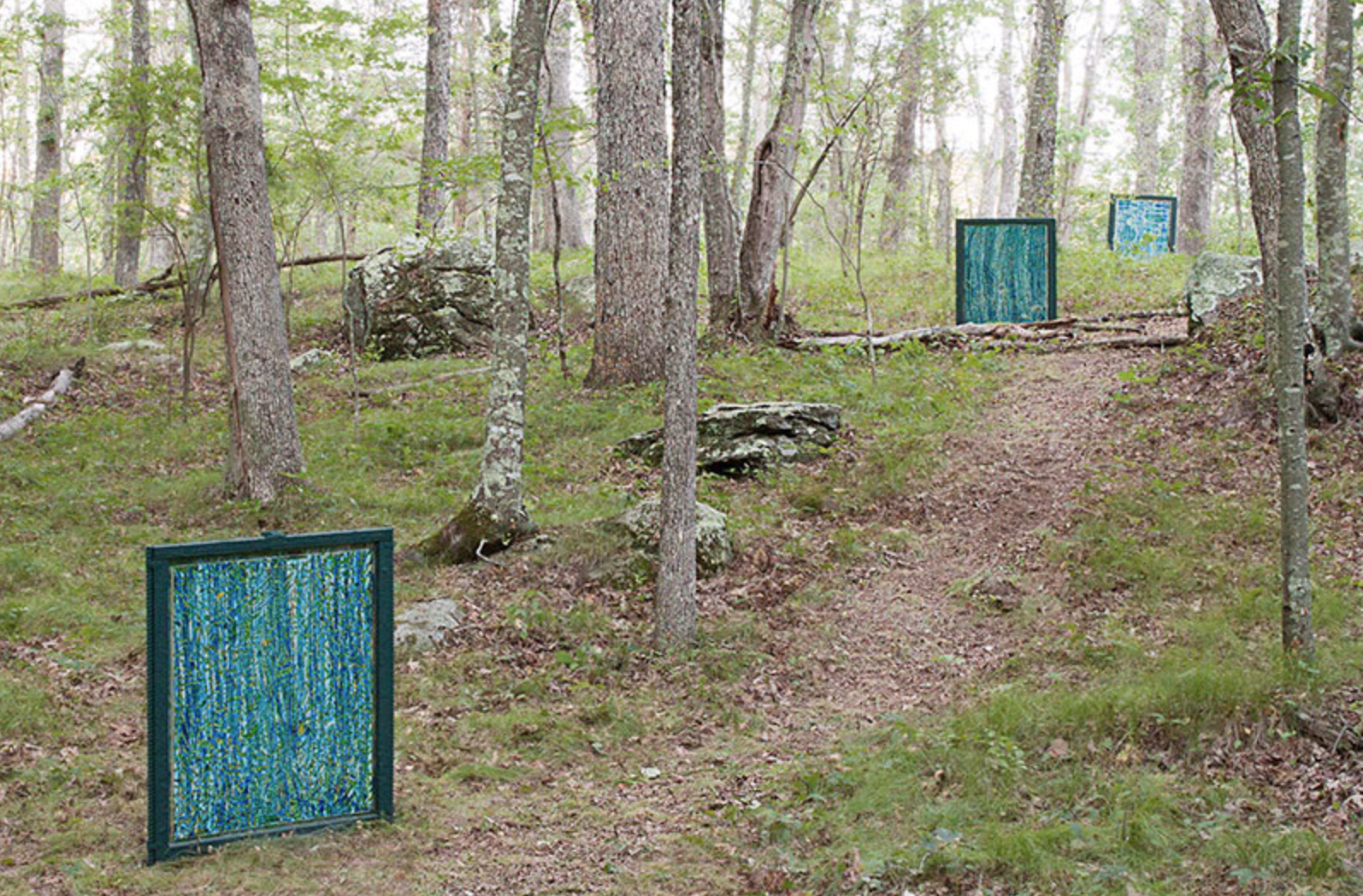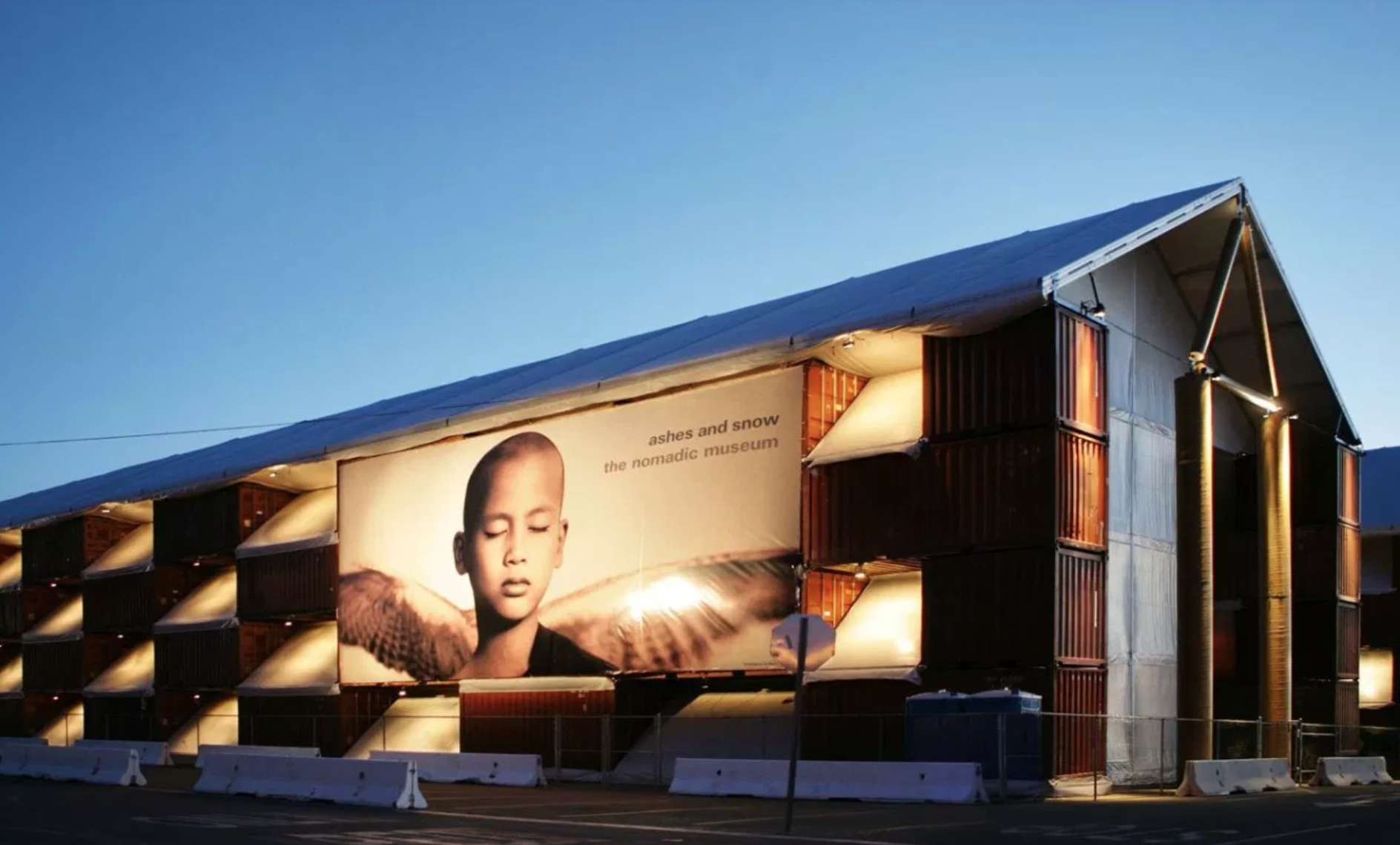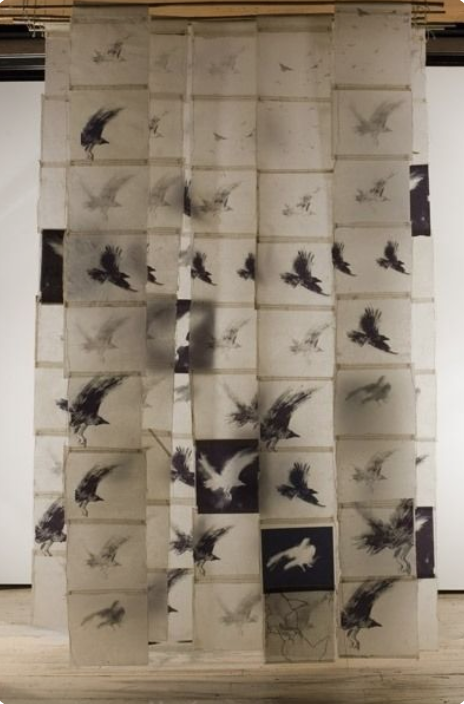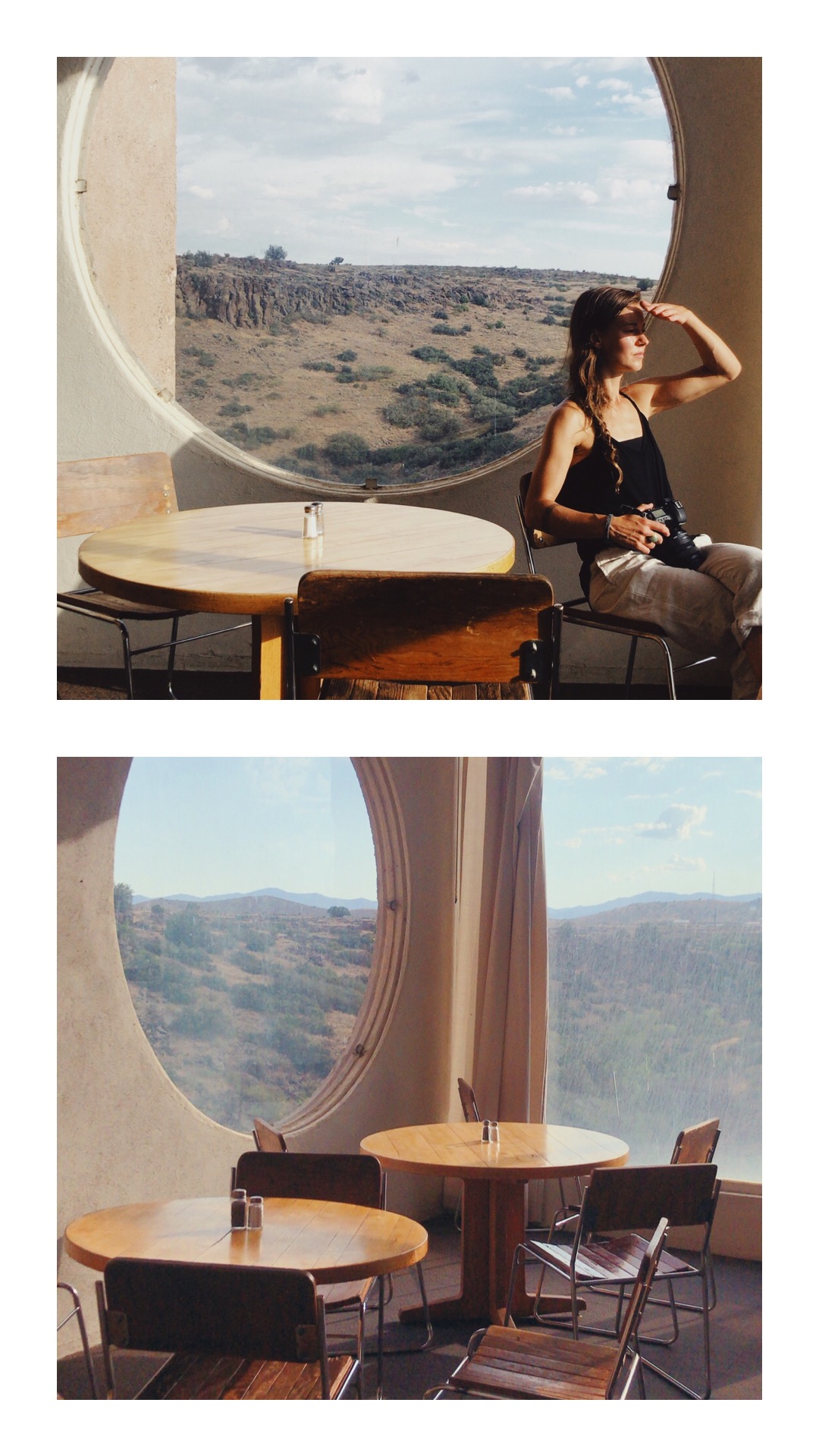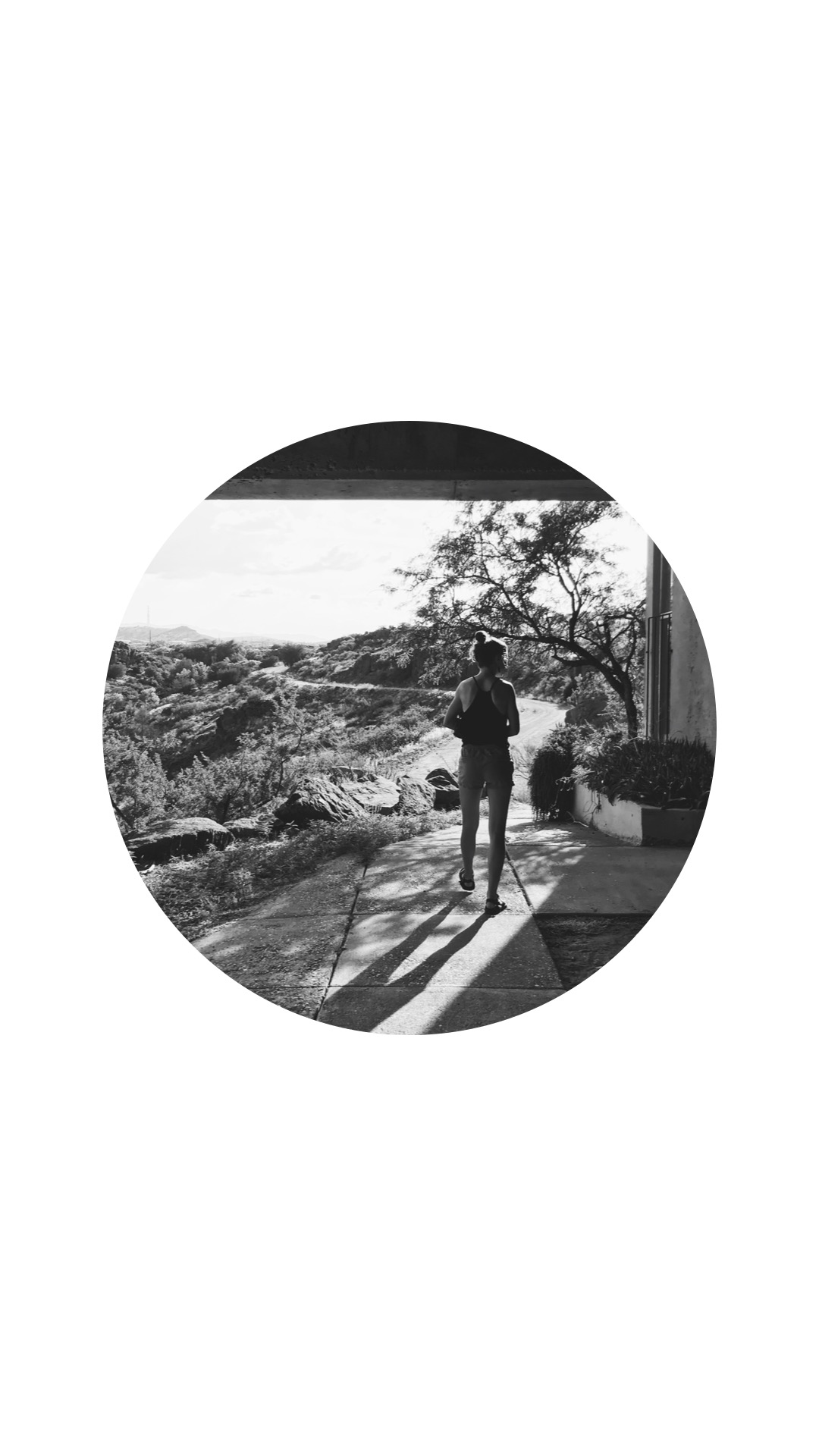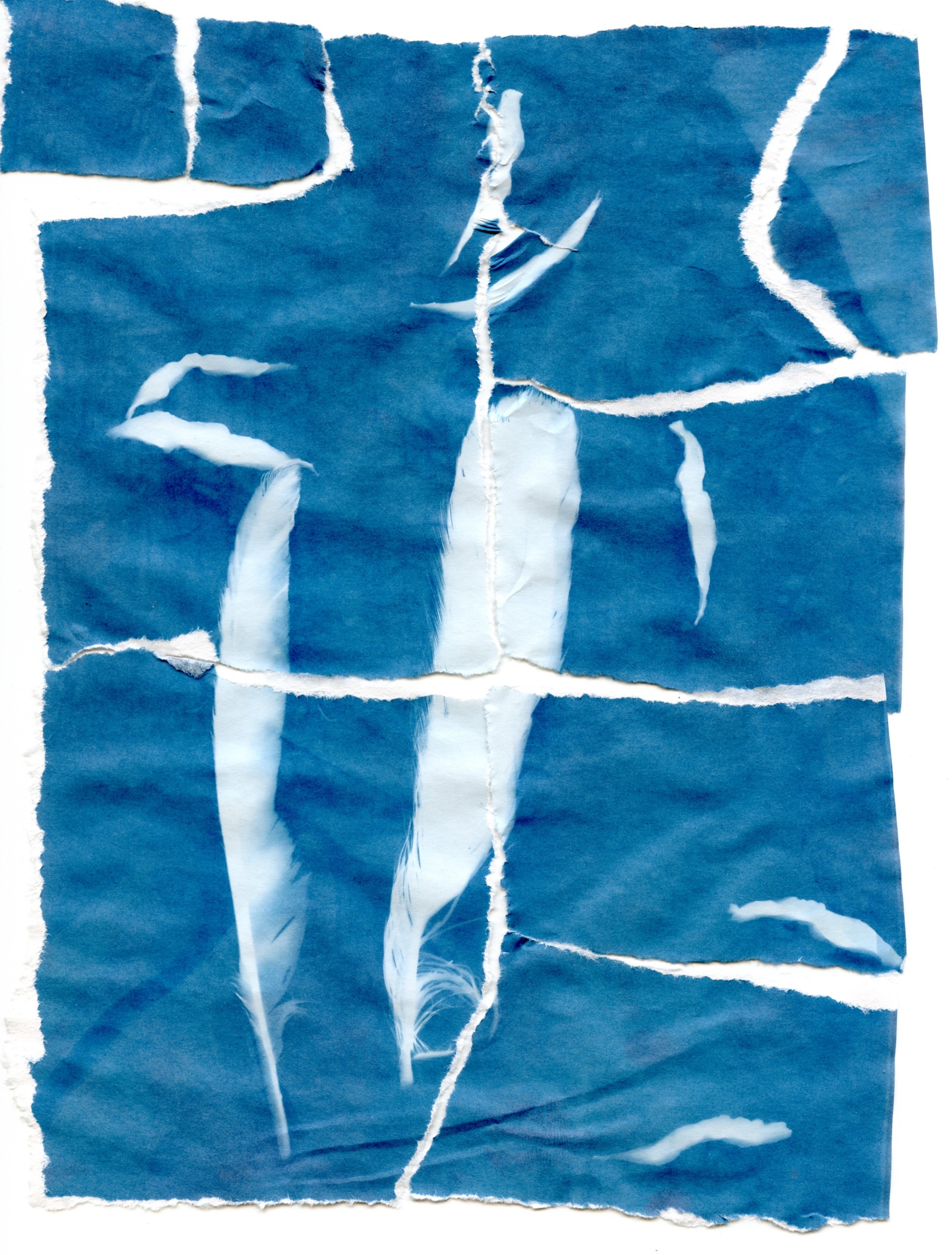As I reflect on this module, I feel it pushed me further than the last and really made to question the value of my work, the motivation, and to really start thinking about the longevity of the project as a whole.
Overall I have mixed feelings about the work I produced. My trip to Arcosanti was very beneficial, and I do think that the portraits that came from that trip are very valuable, and my time getting to know people there was well worth the time out there. However, the direction that my work is taking I feel the photos that got from that trip are not quite in line with what I want now, I think that I want to reconsider my shooting methods and possibly work more with film, as I prefer the aesthetics and methods I can process it to get certain outcomes that will aline with my project moving forward, and though I am justing coming into the realization of what I want for myself form High Desert this feels like a good step forward.
I also feel that having an organized shot list, that includes more landscape and detail shots of the spaces that I am visiting will help me tell a more complete story of these areas and possibly give me more material to work with when it comes to the ways I am considering displaying my work.
The things that I want to focus on moving forward:
Do I want to be looking beyond digital photography and what are the pros and cons of doing that?
How do incorporate more of a physical aspect to my work?
How many locations do I want to shoot at? Will focusing on just one or two allow me to build better relationships in these chosen communities?















